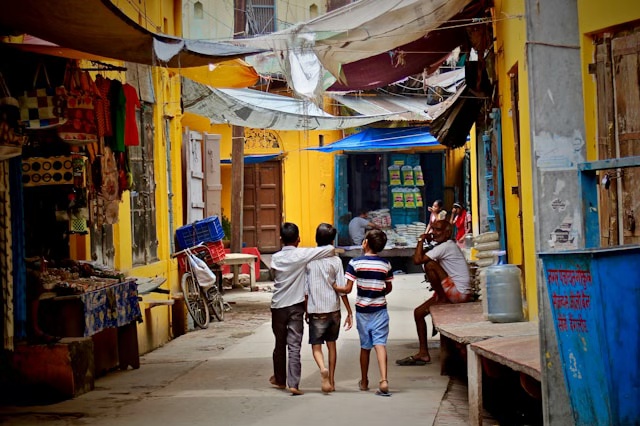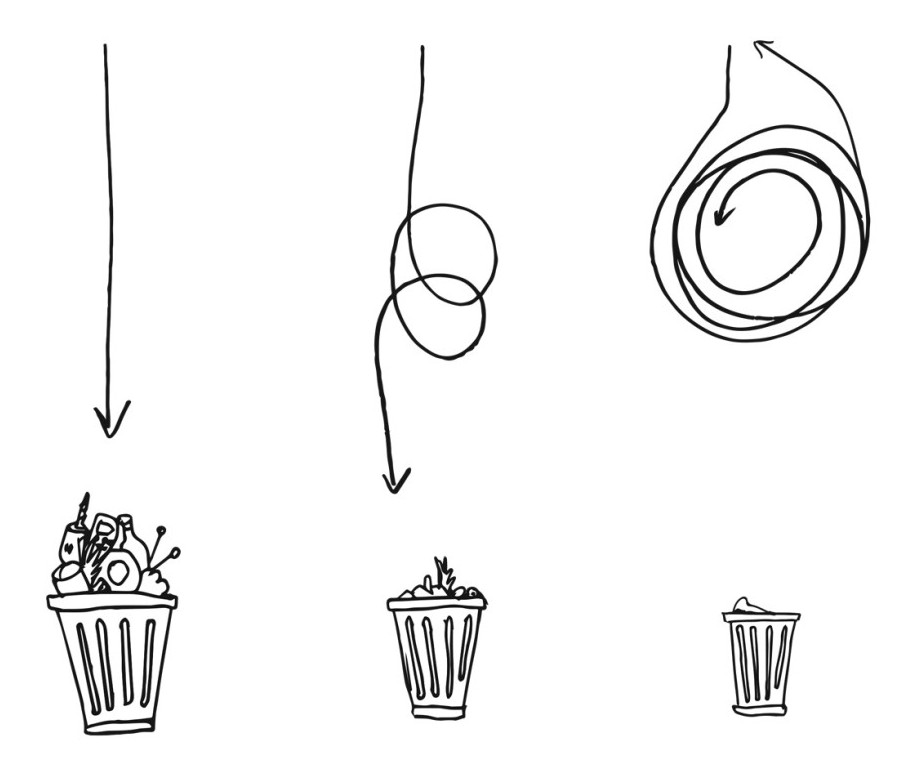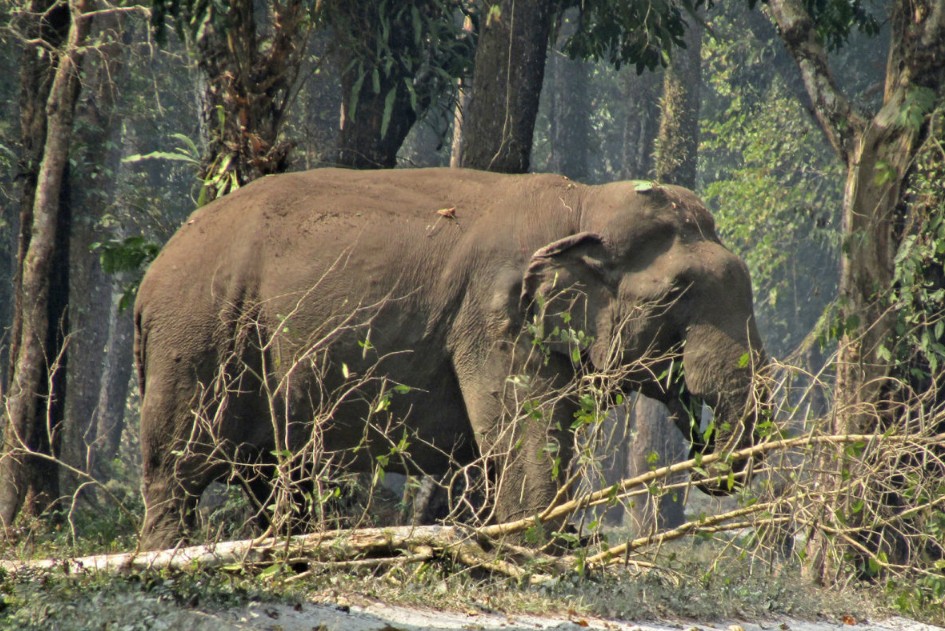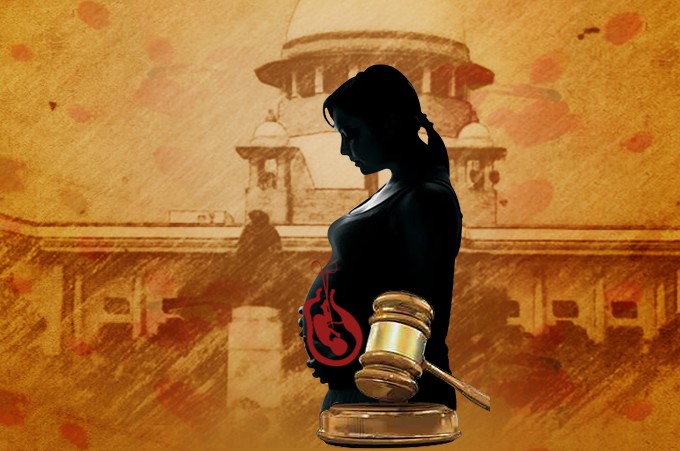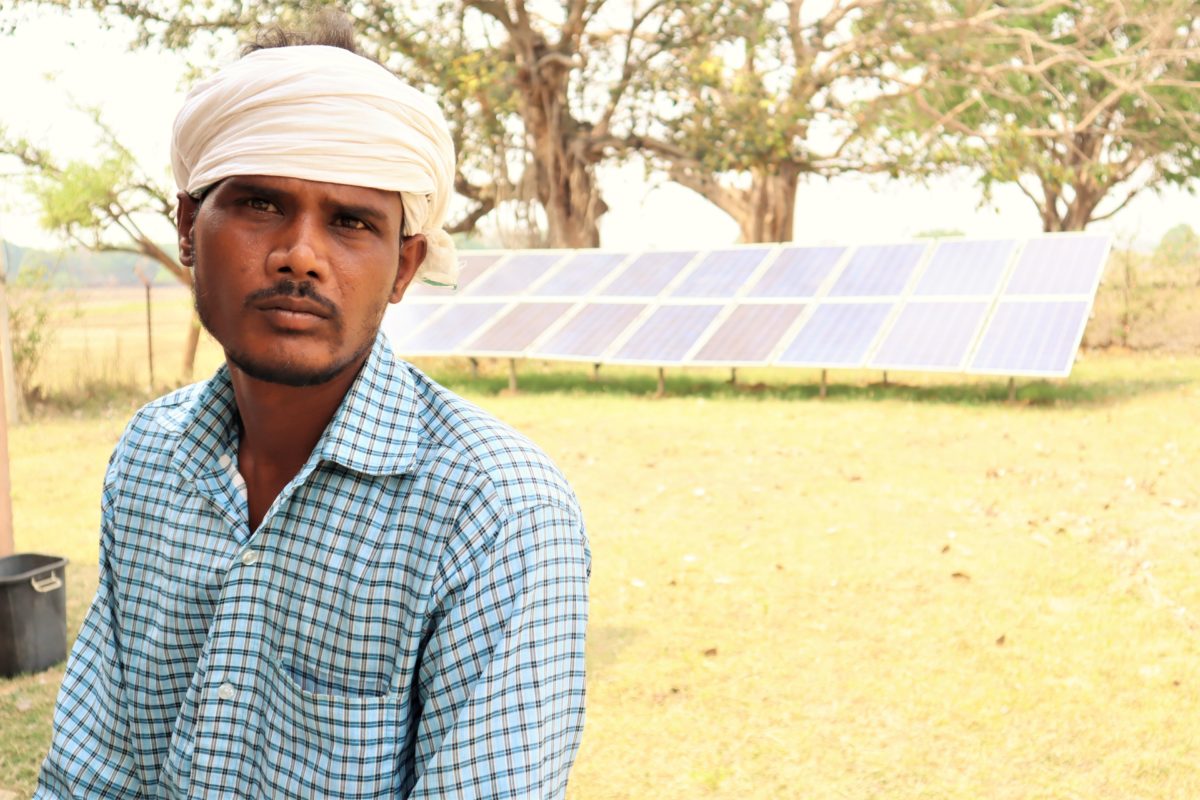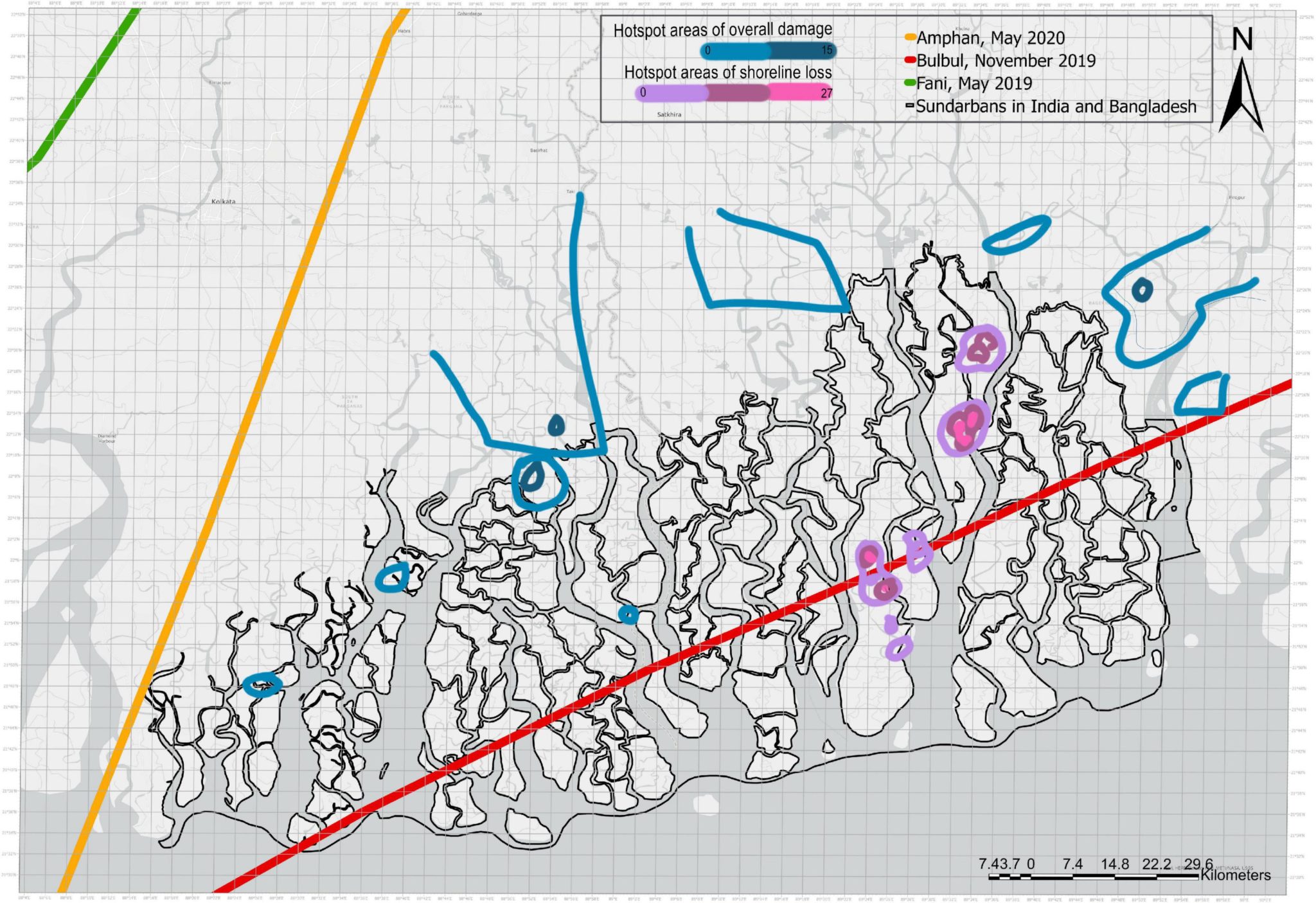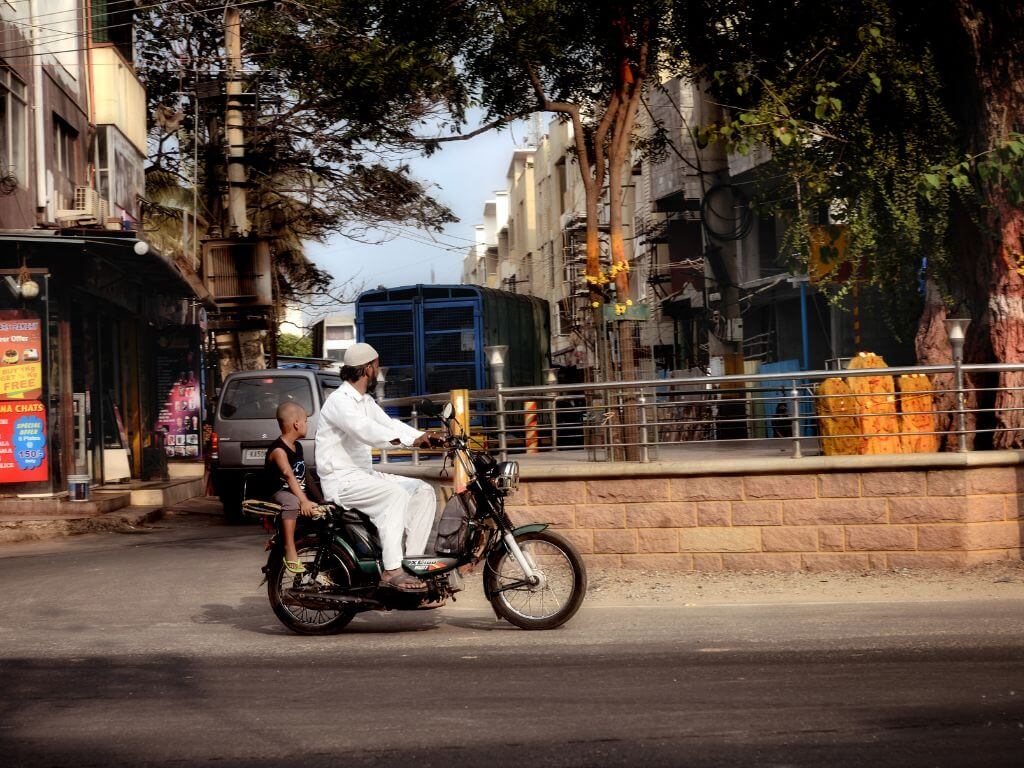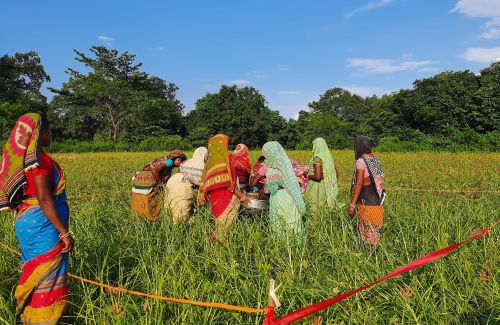A short story written by the Tamil writer and social observer Kalki early in the twentieth century tells the tale of a village postmaster eager to impress a visiting postal inspector. He lauds Gandhi and the Congress, but he disagrees with their efforts to emancipate the untouchables. As proof of what he regards as the corrupting influence of the untouchables, the postmaster offers this: he can cure snake-bite by reciting appropriate chants and mantras, but the cure doesn't work "if even the breeze passing by a pariah blows on me after my purificatory dip".
Soon enough in the narrative, a snake bite victim presents himself. The inspector watches the postmaster ritually prepare himself, make arrangements to have untouchables kept away from the area, and begin his chanting. Lo, in a few minutes, the victim regains consciousness and seems to be cured! But just as the postmaster begins to gloat over his success, the inspector roars with laughter over an altogether different observeration. "You are greatly deceived", he tells the bewildered postmaster, "I am an untouchable, and until today, I had felt inferior about my birth. But now I have learned that God has made no distinctions. He has made every man equal."
The moral lesson is evident - that untouchability is a disdainful practice. But the story additionally contains a sharp insight; Kalki's tale highlights what social scientists are only now beginning to understand through investigation - sometimes caste matters only if one expects it to matter. If one is conscious of caste, then this will shape one's response to opportunities. This is the thesis of a new paper by economists Karla Hoff and Priyanka Pandey, who conducted a series of experiments in Uttar Pradesh to test their view. The results are important, for they show that shedding the markers of caste identity can go a long way toward removing the real, debilitating effects of caste-based discrimination. Could a "don't ask, don't tell" policy on caste be the starting point for a more egalitarian society?

For their experiments, Hoff and Pandey recruited boys of middle-school age in rural Uttar Pradesh. The children belonged to a cross-section of castes - Brahmin, Thakur and Vaishya high castes and Chamar low castes. They were divided equally into high and low castes, with Thakurs being predominant among the high castes. An instructor taught everyone how to solve a series of mazes, each for a cash reward of Re 1 per maze. Then they were sorted into groups of six each, with three high caste boys and three lower caste boys, and asked to solve as many mazes as possible within a given time allocation. The experiment was conducted over three rounds, with each boy participating in only one round. However, the results are robust since boys are allotted rounds randomly.
-
In the first round of games, the boys did not know each other's identity, and did not think that the experimenters knew it either.
-
In the second round of games, Hoff and Pandey publicly announced each boy's identity - name, village, father's and grandfather's name and caste. The boys were still in the original groups of three high caste and three low caste each.
-
Finally, in the third round of games, Hoff and Pandey segregated the boys by caste. The sorting is meant to invoke a sense of being "out-casted", (segregated on the basis of caste) for the low caste boys.
What were the results of the boys' maze solving? Compared to first round where caste was not announced, low caste boys saw their performance drop by 25% in the second round. In the last round constructed to evoke outcaste, low caste boys performed 39% worse than in first round. Most significantly, in the first round of games when the children did not know each other's identity, the performance of both high and low caste boys was statistically the same.
What is the explanation for these results? One of Hoff and Pandey's conjectures is a social expectation that "the system" is biased. As long as no one knew their identity, participants could believe that the experimenters would treat them no differently from anyone else. But when the researchers publicly announced castes, then low-caste boys thought that the promised rewards will not be fairly paid out because of what they have heard about upper-caste treatment in the past and their own experiences with upper-castes in the present. Given this mistrust, the boys' own motivation for performing well are also lower.
A second explanation is that lower caste children, fearing stereotyping, suffer from diminished self-confidence when their lower social status is publicly announced. This is a weaker explanation, since the announcement of caste did not correspondingly improve the performance of high caste boys. Instead, high caste performance after announcement of identity fell slightly. This led researchers to conclude that high caste boys disengage rather than compete across the social divide, possibility due to arrogance for their higher social status.
The ability to control the environment, and observe human behavior in different, controlled situations is new for economists. Critics of this kind of research might find fault in the researchers' methods. They might complain, for instance, that a classroom experiment with only 12 year old boys might have little in common with a real-world situation where students and employees are evaluated. Such criticism misses the point about the reason for conducting experiments. If 12 year old boys' social sensibilities about caste are well developed, then the experiment need not perfectly mirror the real world, as long as it is useful in illustrating a particular kind of behavior. By allowing experimenters to control the environment, the experiment is helpful in isolating the impact of caste, while avoiding other kinds of discriminatory behavior, such as, for example, gender effects.
• The merit of reservations
• Do reservations work?
However, many social trends are also moving in the opposite direction. Individuals are decreasing their use of markers of caste identity, such as caste names. Housing, especially in urban areas, is less segregated by caste than before. Thus, while communities are becoming more assertive of identity, individuals are becoming more anonymous. As a strategy for improving performance of individuals from disadvantaged communities and fighting caste prejudice, this anonymity is welcome.



